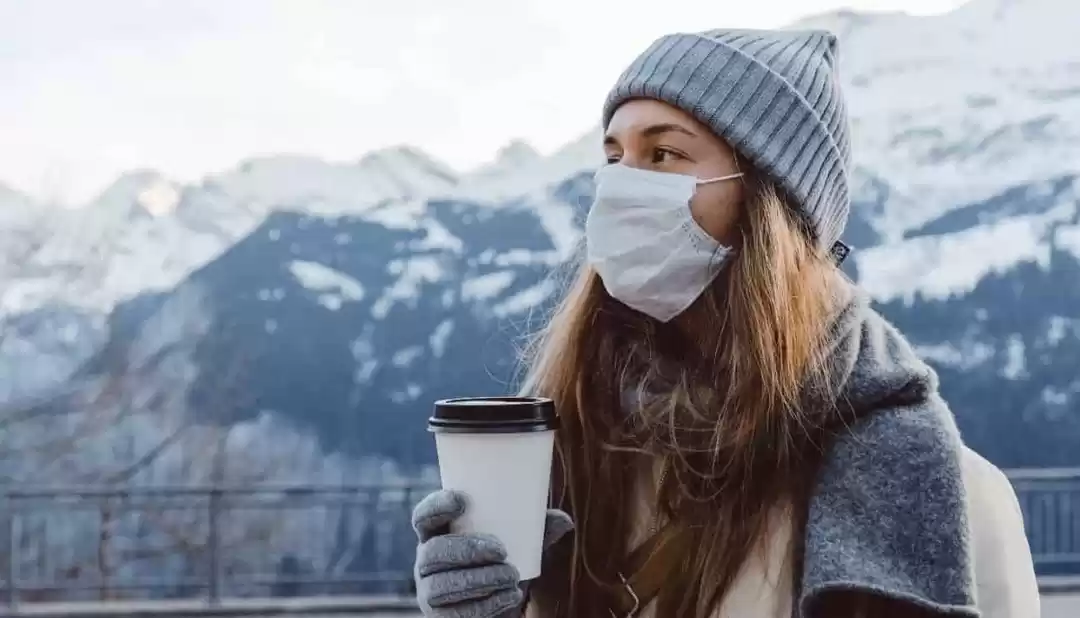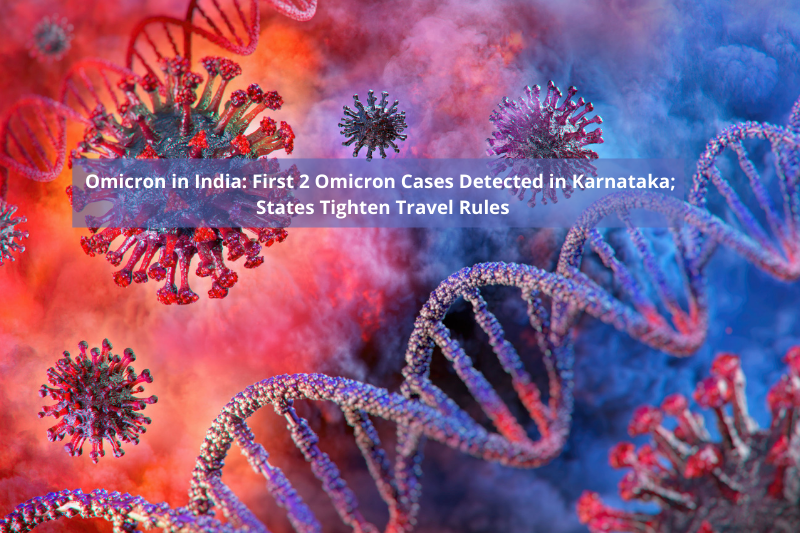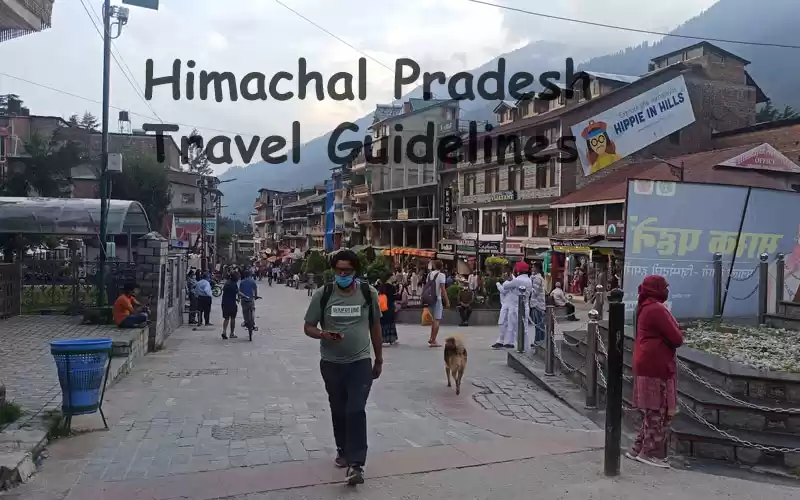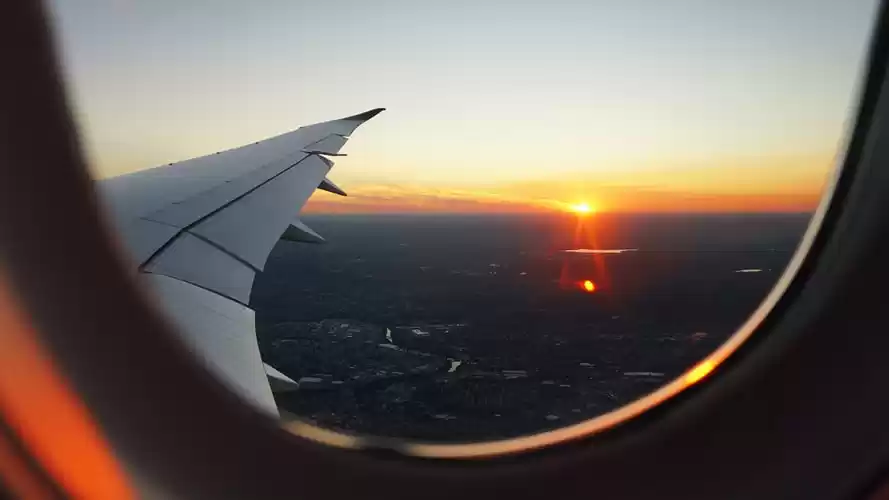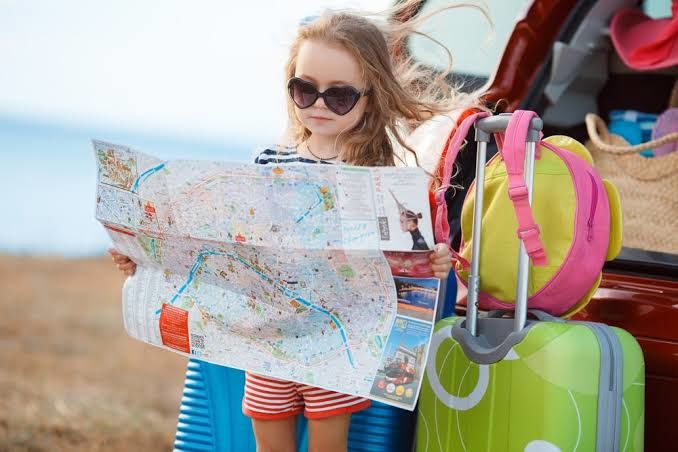
The ongoing pandemic requires travelers to behave responsibly and always take utmost care of themselves while traveling. While we have kept reminding adults about the same, do we really know how sensitive the issue is when it comes to kids? This is a topic of concern largely because most of the kids are still unvaccinated.
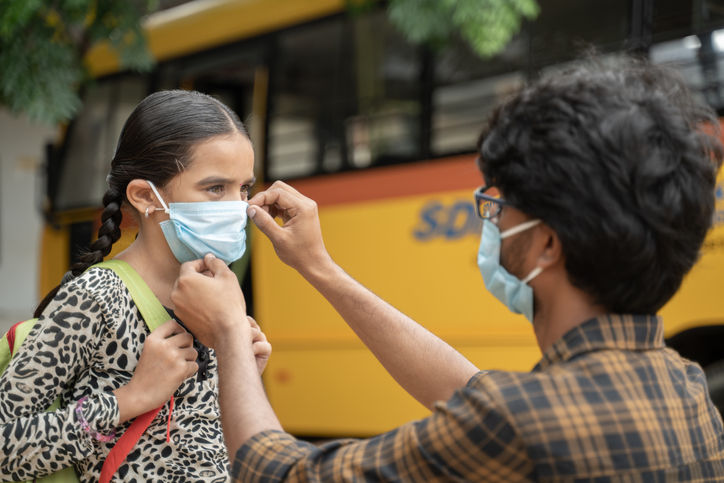
Parents are bound to stay worrisome about the wellbeing of their children. But, with great care and protection, one can ensure safe travelling.
Following are a few pointers parents need to keep in mind in order to manage risks:
Unvaccinated children are exposed to two types of problems
There is a direct risk for the child and then there is also a risk of transmission to others.
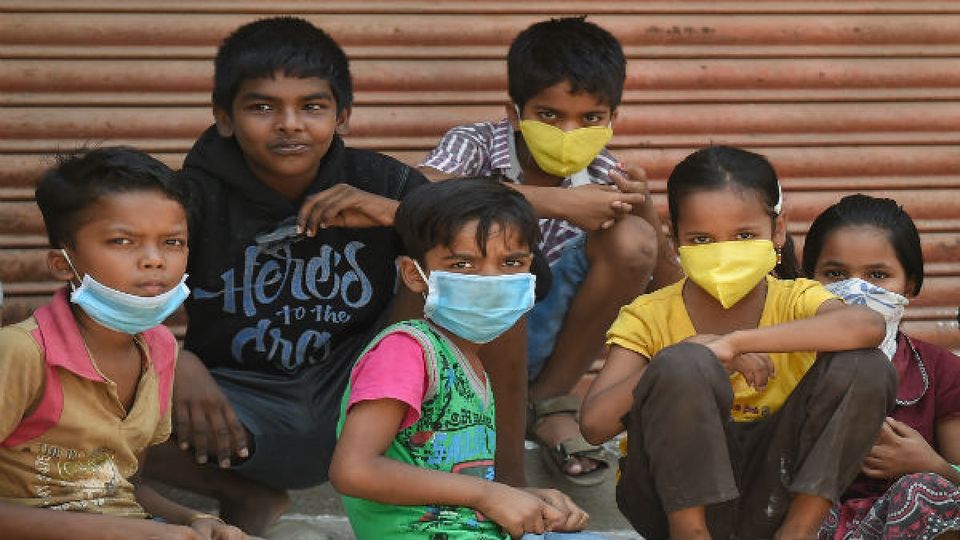
Children get affected from the deadly virus far less commonly than adults, and they die much less often. But children do die from COVID-19. And some children also suffer from long COVID-19. What is worrisome is that the lingering effects of COVID-19 are still not well understood. Its best to avoid being infected than to suffer from it and recover.
Safer way to commute from one place to another?
Although outbreaks have been associated with air travel, fortunately these reported outbreaks have been rare.
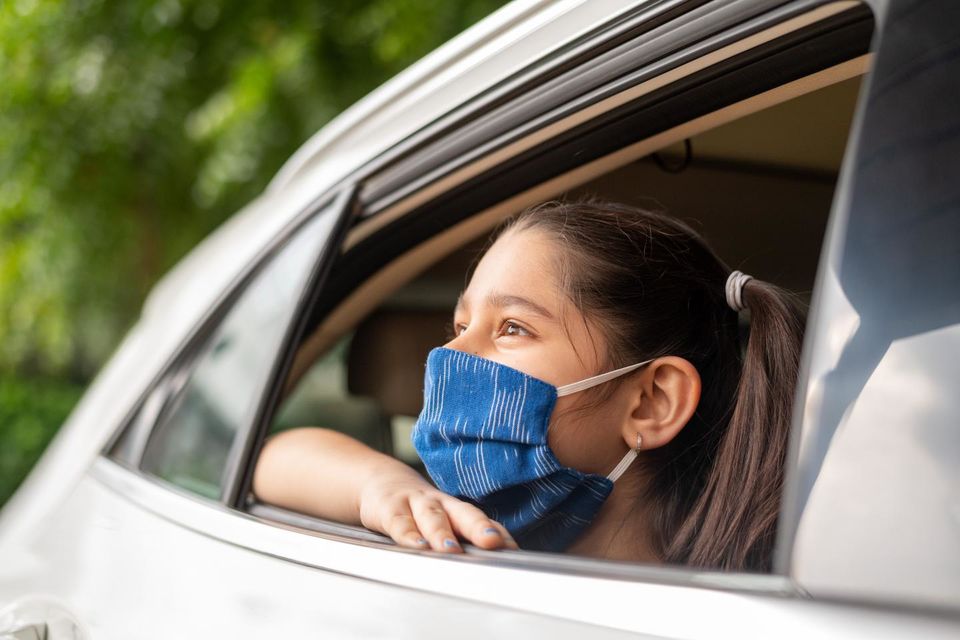
But, in general, commuting by car is considered to be safer, with exposures limited to infrequent rest stops and short meal breaks.
Importance of the kind of places you choose to visit
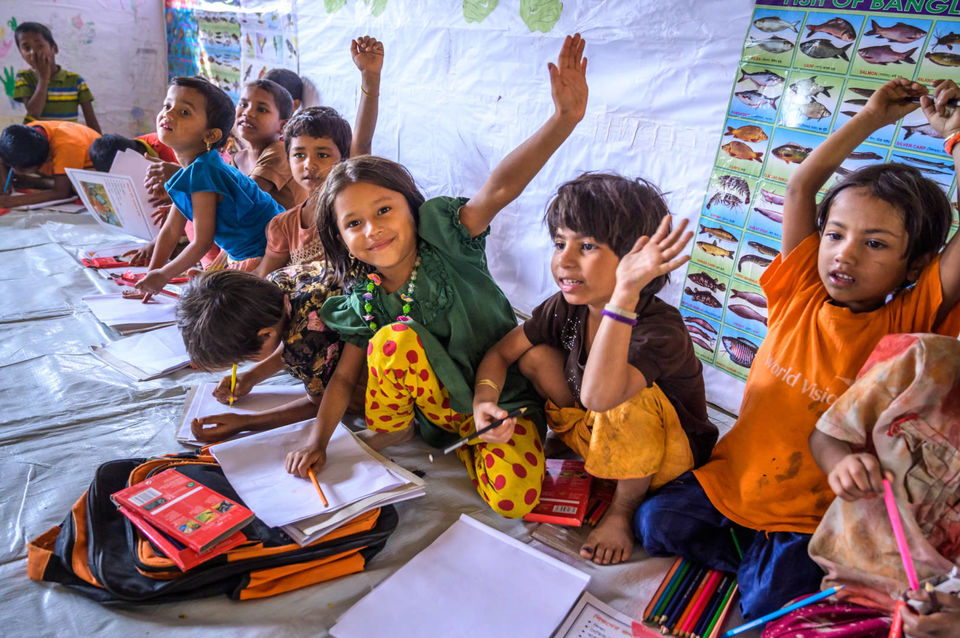
It is very important to know the rate of COVID-19 cases, including the incidence of delta variant in that community. When there is a rise in the COVID-19 cases in a community, simply avoid those places. They pose a higher risk of causing danger to your children. Always pick communities with low and stable rates. A smarter way to asses whether a place is safe to visit or not is to know if major population of the place is vaccinated or not.
The kind of surroundings that are safe right now
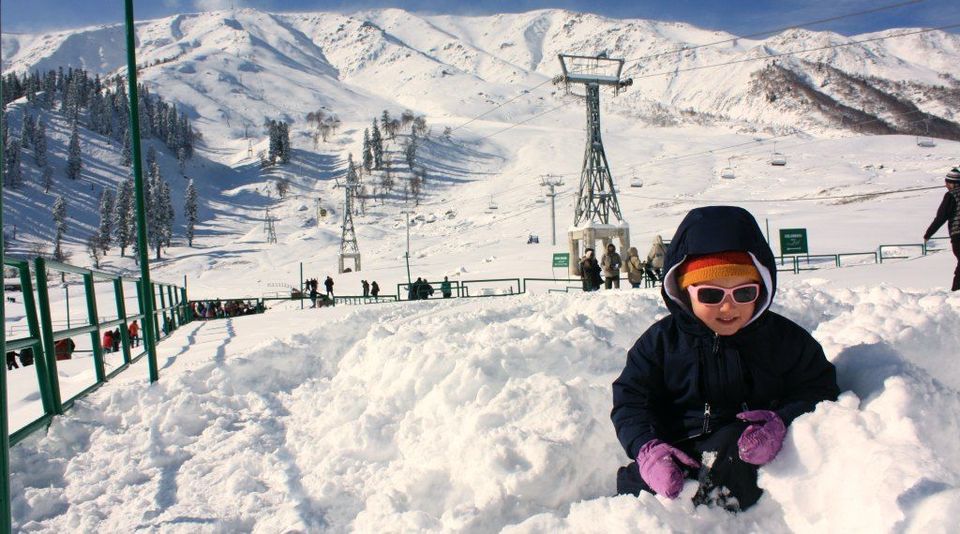
When people travel, they come in contact with strangers and other people which includes friends and extended family whom they would not encounter at home. Epidemiologists call these interactions as “mixing” . This increases the chances for people to be exposed to SARS-CoV-2.
And like we said before, the added risk also depends on the vaccination status of people around you. If almost everyone you’ll come into contact with is vaccinated, the risk will be very low and vice-versa.
The duration of time you are exposed to the outer world also has some role to play here. If you are near many people for several hours, the risk is greater than if you are near a few people for a short time.
Common myth: Being outdoors will get you infected than being indoors.
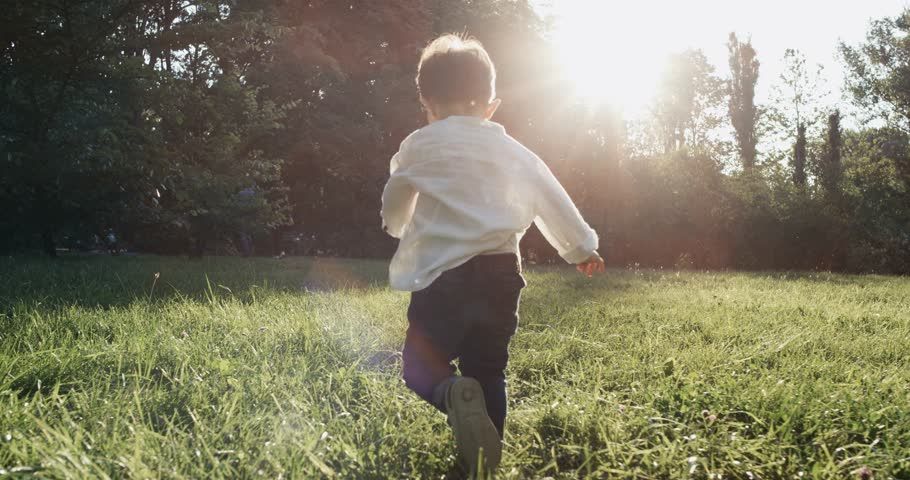
Please understand that the virus needs a host in order to spread. Being merely outside is not a problem, but being surrounded by a lot of people is. For instance, if kids are simply running around in an empty garden, it is safe than when they are playing with other kids in close proximity.
Here's a final tip as we summarize the discussion: Before you book your tickets or plan on a trip, please talk through expectations and concerns, both within your own family and with people you will be meeting up with.
Follow Tripoto on Telegram to get early access to top travel stories every day.
Share your stories on Tripoto’s Clubhouse channel!
















